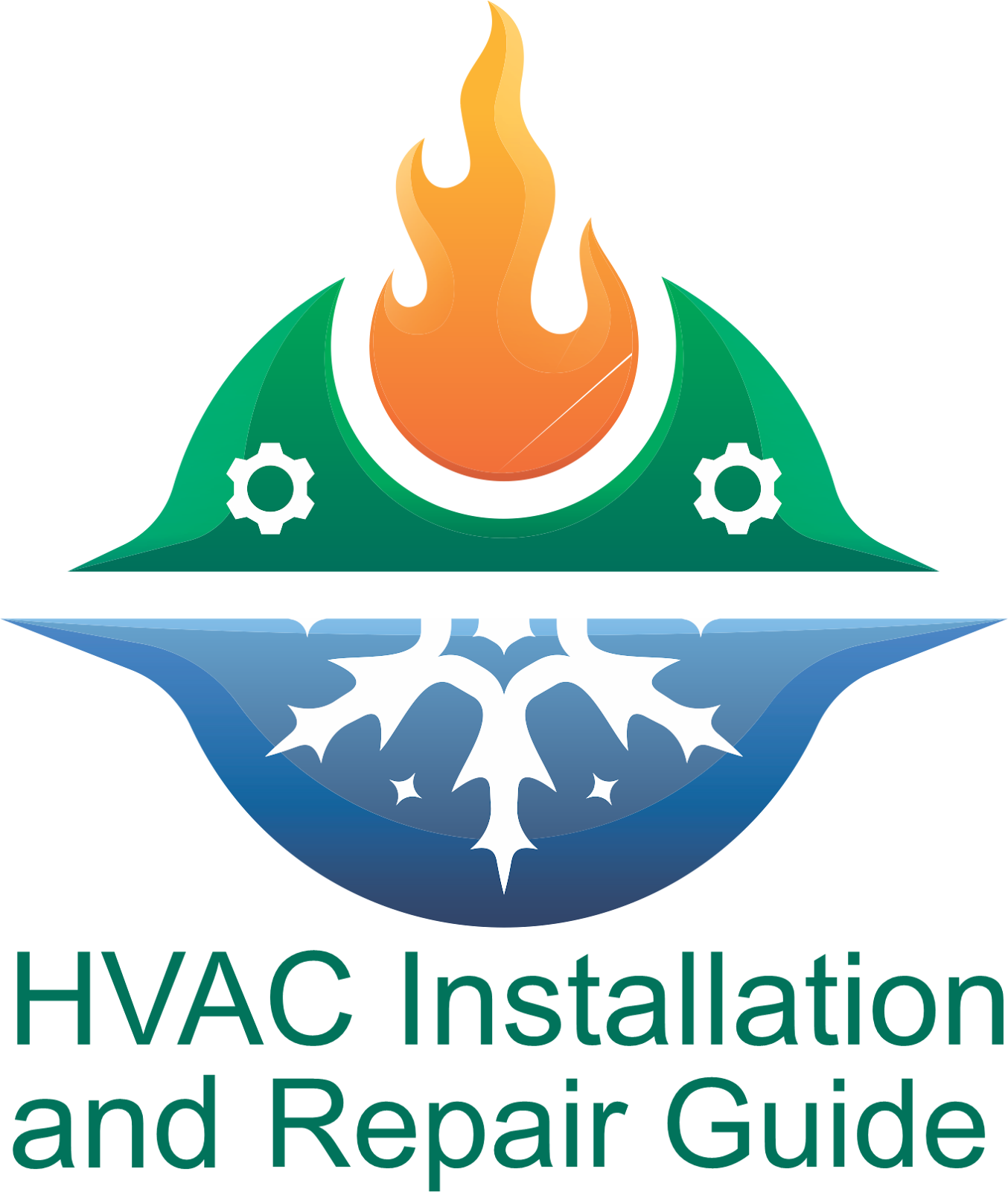A Step-by-Step Guide for Melting Frozen Pipes
People can typically count on more comfortable circumstances inside their homes, even when the outside temperature begins to fall. Therefore, when winter tries to sneak inside and cause havoc, it is all the more annoying. Your plumbing system's frozen pipes are a particularly annoying issue. Dealing with frozen pipes can be anything from a minor inconvenience to an extensive, costly nightmare.
When dealing with frozen pipes, many people prefer to call their plumber, and that is never a terrible idea. However, you can easily defrost them on your own with a few household things. Here is a step-by-step tutorial for defrosting frozen pipes that will assist you in solving this bothersome plumbing issue.
Step 1: Locate the Frozen Pipes
Finding the frozen pipes is the first and, occasionally, longest task. You might be able to identify potential sites by running all of your faucets simultaneously. If only one faucet isn't working, you might try to locate the frozen pipes by following those particular plumbing lines. Unless ice is obviously developing around the pipes, they might not be easy to find.
If none of the faucets are running, this strategy won't work. The main water line is the source of your home's water supply, so it needs to be checked at this stage. Each set of plumbing lines will eventually converge on the water supply. Yours is presumably in the crawlspace or basement. If neither of those things is present in your home, try next in the garage or close to the water heater. If you're still having trouble finding it, try looking for your home's water meter on an external wall; chances are, the main line is on the other side.
Step 2: Flush Your Plumbing System
Turn off the main water supply after making sure the pipes have frozen. If you haven't already, run every faucet to thaw the pipes because you can't use ice-cold water to defrost them from the inside. This clears the plumbing of any remaining water. Additionally, toilets will need to be flushed.
It's time to start the thawing process when the piping has been cleared of water. Before you start, gather the following.
A source of heat
This might be a hot water bucket, a heat lamp, a heating pad, or even a hair dryer.
Some towels or cloths
Heat can be transferred to the frozen pipes using spare rags. Or, they can assist you with cleaning up if the pipes have burst.
Step 3: Apply Slow, Even Heat
Avoid heating up the pipes too quickly, because doing so could harm your plumbing. Starting at the boundaries of the frozen area is best, depending on your heat source. The process remains stable and slow as a result. Additionally, try your best to warm the pipes that are closest to the nearest bathroom or kitchen faucet. If the heating process produces any steam or water, it will flow in that direction.
Step 4: Reopen the Water Main and Check for Leaks
Frozen Pipe FAQ
Defrosting frozen pipes might occasionally be a little more difficult. Let's discuss some of the most likely issues and how you might avoid them.
How long should a frozen pipe be allowed to drain?
A decent rule of thumb is 30 to 45 minutes, with longer times needed for more intensive ice. Avoid attempting to hasten the process by increasing the heat, as this could harm the pipes and exacerbate the issue.
What actions should I take if a pipe leaks or bursts?
It's best to call an experienced plumber in Virginia if you don't have the right equipment or experience. They'll not only be able to handle things more quickly and effectively, but they'll also be more likely to notice if there are any further plumbing issues nearby.
How to Prevent Freezing Pipes
1. Keep your house above 55 degrees: If you won't be home, you'll almost definitely prefer higher temps than this, but 55 degrees or more is a decent general guideline.
If you take the recommended actions, either the pipes won't freeze or you'll have an easy way to defrost them. Call your local Virginia plumber if you'd prefer to leave the work in the hands of an expert. They'll see to it that your plumbing is handled safely.



